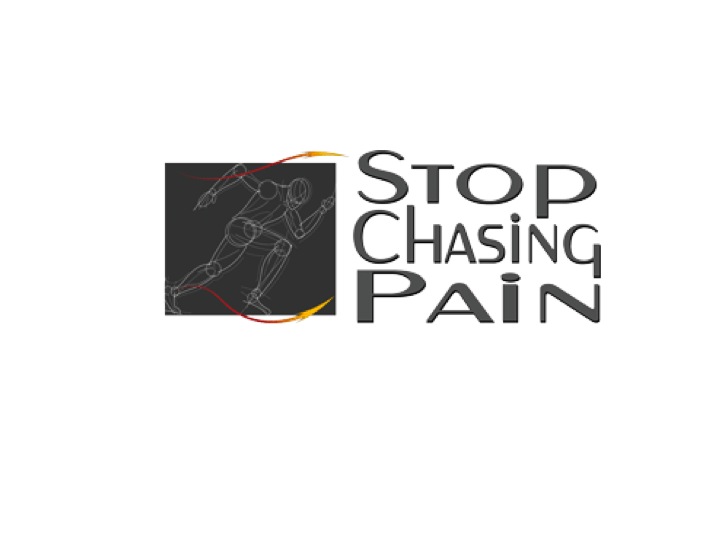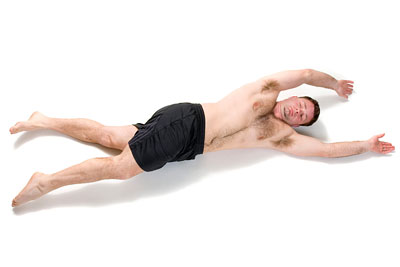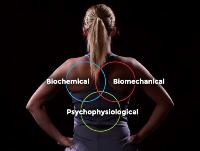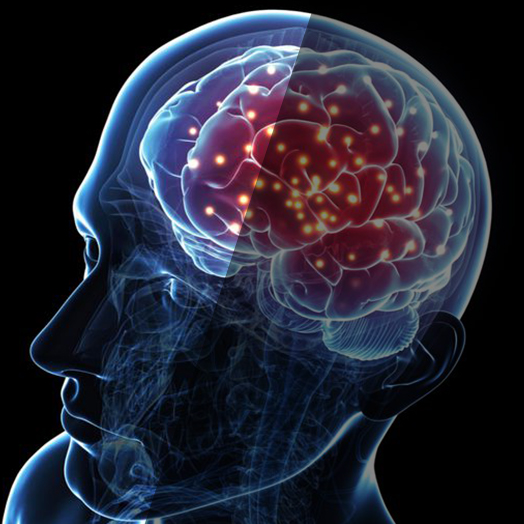The Art and Science of Changing Movement
Written by Greg Dea and Rod Harris SFMA
When a person behaves on the edge of their ability, movement dysfunctions and deficits are revealed. When a person is close to the edge of their ability, they can manage their mistakes. In other words, they can learn how to control their body and improve movement.
A key element of leaping from only just managing mistakes to owning a position or a movement is how well you can involve the individual’s central nervous system in the task. To link the somatosensory cortex (where we feel and try to control or plan movement), the limbic system (where we feel emotions and harbour memories about the movement) and the cerebellum (where we contain automatic movements) is to own the movement. There are many artistic ways to follow scientific principles but they typically must involve ownership of non-stressed breathing. If a person breathes calmly and without threat, they can manage mistakes, improve, and own a position or movement. And to breathe calmly and without threat, it is up to the clinician and coach to create an environment where that can happen – if you can create a laugh, a smile, even some singing and in many other ways to be distracted enough to breathe calmly and without threat then you can change movement very quickly.
I’ll show you a video just below, but quickly let’s revisit something I said above – “there are many artistic ways to follow scientific principles…”. In a previous article, I described how “a stimulated PFC (prefrontal cortex) can decrease reaction time and error rate when balancing speed and accuracy of motor skills – meaning, we can improve control of software, control of movement patterns, by stimulating the PFC (Georgiev et al, 2016; Liu and Watanabe, 2012). The PFC is connected to brain areas involved in processing sensory and motor inputs (Ongur & Price, 2000, Croxson et al, 2005 and Wise, 2008). This very same area of the brain plays a role in error related adjustments (Zavala et al, 2006). Also, activation of the infralimbic area of the PFC may promote behavioural strategies that involve mobilizing the body and suppress strategies that involve immobilizing the body (Halladay and Blair, 2016).”
So, let’s have a look at how we can artistically make use of the scientific research into the way the central nervous system interacts with the musculoskeletal system to improve motor control.
In the following video, the individual has adopted a half-kneeling narrow stance position, to reveal motor control dysfunction of the weight-bearing hip, pelvis and spine. To reveal it is to provide a baseline for reassessment. I alerted the person to the position of the front foot that would put him on the edge of his ability, where he would lose control of his upright posture. From there, I suggested he reposition his front foot to increase the base of support so that he was close to the edge of his ability. From there I suggested that if he had a favourite song, he should sing it if he wanted to. You’ll see that not only did he do an enthusiastic rendition of “Cherry Pie” by Warrant, but he then found a noticeable improvement in his half-kneeling narrow stance motor control.
SFMA Instructor Rod Harris had this to add to the example:
This example comes from an SFMA Level 2 course Greg was instructing in Melbourne Australia. I was teaching at an FMS course in Sydney with fellow instructor Andy Pedashenko. Little did Greg know that on the very same afternoon he was videoing “Cherry Pie” by Warrant, I was doing exactly the same thing with an FMS participant just using a slightly different cue. Our FMS student was in the exact same position after taking a breath high in the chest, bearing down with lips pursed and arms held tensely at his sides. He too was wobbling all over the place and trying to use a high tension strategy to maintain balance. One touch on the shoulder and he toppled sideways, losing his balance & posture.
Motor control isn’t about creating strength and tension, it’s about coordination, the timing of muscle activity. So, this means that relaxing and releasing muscle tension is just as important as creating tension. In fact, good motor control is about the appropriate timing of contraction and relaxation. One is no more important than the other.
How do we know what’s “appropriate”? As Greg always says, good motor control looks clean and easy, poor motor control looks the opposite - dirty and difficult. So, if motor control is about creating harmony between tension and relaxation with smooth transitions to changing inputs, would a strategy using only high tension be reflexively reactive? I hope you agree with us when we say no.
Good motor control also uses an appropriate amount of muscle firing too. It is about using the minimum necessary tension to successfully complete the task at hand. Creating more tension than required means it will take longer to relax. This looks like poor timing - dirty and difficult.
Following the rules of motor control, would someone in a half-kneeling stance holding a breath high in the chest, bearing down with lips pursed and arms held tensely at the sides look like good motor control? Absolutely not.
I could cue each aspect of this movement – breath into your tummy, relax your mouth, shake your arms. This is a lot for your client (or patient) to try to correct in one go. So instead, I turned to the student next to me and said, “look what happens when I make him laugh”. I told a joke, and the student in half-kneeling started laughing. It’s impossible to hold your breath and hang on to a high-tension strategy when you’re laughing. So, all the tension was released, diaphragmatic breathing was restored and our student was easily able to maintain relaxed, reflexive balance. Now I could touch and lightly push anywhere I wanted and his system just rebalanced – easily demonstrating an ability to relax and re-tension somewhere else. That’s reflexively stable.
The science of motor control retraining tells us to get our clients right at the edge of their ability to give the nervous system an opportunity to explore new and better options to complete the task whilst simultaneously keeping the threat response to a minimum. The art of motor control retraining is in the cueing and environmental set-up that allows our clients to adapt as quickly and easily as possible. When you have it right, it looks like magic to an outside observer. How do you know if your strategies are successful? Your client will tell you. Their breathing will be easy, their face relaxed and yes, you guessed right - their movement will go from dirty and difficult to clean and easy!
Georgiev, D., et al., Continuous Theta Burst Stimulation Over the Dorsolateral Prefrontal Cortex and the Pre-SMA Alter Drift Rate and Response Thresholds Respectively During Perceptual Decision-Making. Brain Stimul, 2016. 9(4): p. 601-8.
Liu, C.C. and T. Watanabe, Accounting for speed-accuracy tradeoff in perceptual learning. Vision Res, 2012. 61: p. 107-14.
Ongur, D. and J.L. Price, The organization of networks within the orbital and medial prefrontal cortex of rats, monkeys and humans. Cereb Cortex, 2000. 10(3): p. 206-19.
Croxson, P.L., et al., Quantitative investigation of connections of the prefrontal cortex in the human and macaque using probabilistic diffusion tractography. J Neurosci, 2005. 25(39): p. 8854-66.
Wise, S.P., Forward frontal fields: phylogeny and fundamental function. Trends Neurosci, 2008. 31(12): p. 599-608.
Zavala, B., et al., Human subthalamic nucleus-medial frontal cortex theta phase coherence is involved in conflict and error related cortical monitoring. Neuroimage, 2016. 137: p. 178-87
Halladay, L.R. and H.T. Blair, Prefrontal infralimbic cortex mediates competition between excitation and inhibition of body movements during pavlovian fear conditioning. J Neurosci Res, 2016.
Authors
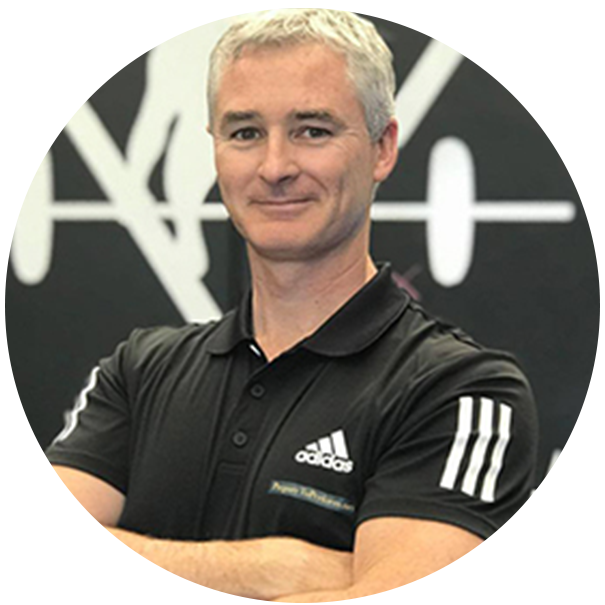
Greg is a Performance Sports Physiotherapist, with multiple Olympic medalists and world champion athletes among his clientele. He is based out of the Mornington Peninsula in the south east of Melbourne, Australia. He regularly works in professional sports in China and teaches in five countries. He has been a titled Sports Physiotherapist for 10 years and a practicing Physiotherapist since 1999. He has lived in five countries, studied and worked in eight, and travelled to over thirty to learn what the best practitioners and coaches do, systematically, in the toughest athletic environments.
 Rod is a practicing Osteopath in Australia. He has a broad range of experience treating a wide variety of patients from general populations to professional athletes. It was Rod's background in mixed martial arts that had him look more closely at how fundamental human movement underpins elite athletic performance. Rod uses the complete Functional Movement Systems approach in daily Osteopathic practice, performance
Rod is a practicing Osteopath in Australia. He has a broad range of experience treating a wide variety of patients from general populations to professional athletes. It was Rod's background in mixed martial arts that had him look more closely at how fundamental human movement underpins elite athletic performance. Rod uses the complete Functional Movement Systems approach in daily Osteopathic practice, performance Related Resources
-
Play, Practice, or Train?
Posted by Gray Cook
Please login to leave a comment
1 Comments
-
Jessica D'Abrosca 5/23/2022 8:22:57 PM
This is genius and ever so timely (in coming across my computer screen). I have been coaching movement and "coordination" for over 20 years. Gymnasts, martial artists, triathletes, the weekend-warrior and now, I work with patients in a physical therapy clinic setting as an exercise specialist. I am not a PT, however, have had some wonderful collaborations with the PT's I work with, regarding this exact concept in this article. I credit my education and experience as a certified FSC and my certification with FMS-- and the years of experience with countless athletes & clients -- as the reason many PT's are able to understand and "buy-in" to my explination and implementation of deep diaphragmatic breathing and creating a relaxed environment for the patients they have me work with on their case load. Thank you for this article, you can bet I will circulate this around the clinic! --Jessica D'Abrosca, NASM-CPT, FMS, CFSC (I, II)




